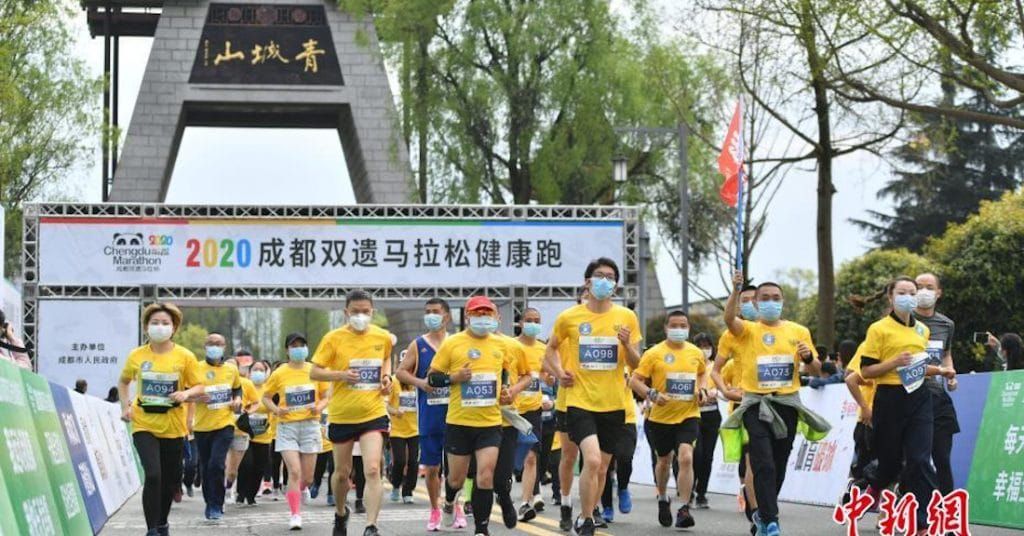
THE FUTURE OF ULTRA TRAIL RACES AT THE TIME OF THE CORONAVIRUS
What will be the future of participation in Ultra Trail races if the pandemic is not completely defeated? What measures will the race organizers put in place? What new rules will athletes have to respect?
We have collected some hypotheses for you that will presumably be adopted, especially in the first competitions in late July, August and September 2020.
The hypotheses of the organizers are based on the evaluations of experiments already adopted by some competitions in Asia and measures designed for mass events with a participation of more than 50 people.
How will the safety of participating trail runners be guaranteed?
In many countries several possibilities are already being studied, let’s try to imagine how our participation in the races could change.
Reduced number of participants. The measures aim to reduce the number of participants through a selection of athletes based on one or more parameters:
- area of origin, only regional or national athletes are admitted (who are more easily controllable in terms of areas of origin and potential contagiousness)
- ITRA score, athletes with an ITRA score above 700 points (lower for women) are allowed
- voluntary waiver, voluntary postponement to the following year’s edition is proposed, safeguarding the passing of the draw and the registration fee
- additional new draw.
Medical certification. Specific new medical certification is required. As is known, there are already differentiations in the certifications, for example in some countries the electrocardiogram under effort is mandatory in others is not. It is possible that additional tests may be requested, arriving at the request to carry out preventive anti-Coronavirus checks.
Self-certification. All athletes must complete a self-certification stating that they have not contracted the virus or that they are not subject to particular health and / or movement restrictions (red areas).
Pre-race health checks. Thermo Scan. The most economical method to carry out a first mass check of the Trail Runners would be to measure body temperature through the face scanner. It is presumable that in the late summer these devices will be increasingly popular and at a much cheaper price. Use of swabs. It is possible that swabs will be used before the race in sufficient time to obtain the result (2-3 days before).
Pre or post race events. Pasta Party. The most famous social event could be canceled due to the excessive concentration of people, or organized in such a way as to ensure greater physical distancing, as already happens in China, unfortunately losing the spirit of conviviality typical of the event. Post-race party. The same fate could touch upon final party at the end of the race. Award ceremony. The delivery of the prizes on the podium should undergo few changes due to the more limited participation of athletes and, almost certainly, will be made available in live streaming on social channels or, in major international events, through the projection on screens installed in multiple points of the location hosting the event to ensure sufficient social distancing.
Pre-race briefing. It is possible that the pre-race briefing will be carried out online, via Facebook, YouTube or through the TeleConference platforms. In some cases it may be pre-registered and published on the race’s social channels the day before departure.
Mandatory equipment. It is very likely that we will find two additional elements in list of the race mandatory equipment: protective mask and gloves. It is not said that both must be used during the race, but they could become mandatory pre and post race. In some events it may be required to wear protective mask and gloves near the refreshment points and for the entire duration of their stay in closed places (for example inside refuges or in sports buildings used as Life Bases).
Start of the race. It is already given for certain that the start of the races will be organized by groups of trail runners. The race organization will be more similar to mass events such as the New York Marathon where runners are pre-selected on the basis of a series of requirements (Sports CV) and, consequently, directed to specific starting areas or starting time.
Aid Stations. Many competitions could take place by returning to the original “trail spirit”, i.e. reducing the supply of food available at the refreshment points as much as possible. In this context, only closed and sealed bottles of water or mineral salts could be distributed. In the cases of bigger aid stations or life basis, energy bars or gels, mini packets of biscuits or dried fruit, hot drinks could be provided on well spaced tables.
Protective Masks. The real question mark will concern the type of mandatory masks. The experience of Coronavirus teaches us that there are dozens of different models both for use and for certification. What will be the specifications of the type required? How will the manufacturing industry of this product develop and what will be the availability of the product? Will there be a masks for sports use? At the moment the opinion of the majority is oriented on the non-use of the mask during physical activity, but certainly the obligation will remain in the case of participation in pre and post race events. It seems that La Sportiva and Salomon are already in the process of producing protective masks specially designed for trail running.
Gloves. The product in use is incompatible with sports, at least in the protective version to avoid contagion. The lack of breathability makes the gloves unusable during trail running races, but disposable models could be provided at the time of access to refreshment points or Life Bases.
Extra Race health checks. Some long-distance international races are also evaluating the possibility of an additional health check during the competition, again via Termo Scan or other devices. There are many doubts about the effectiveness of these health checks during the race because of the high possibility that the athlete under stress can present anomalous values caused by athletic effort or external environmental phenomena.
Volunteers. There is no doubt that all the volunteers will have made preventive swabs in the days preceding the race and will be equipped with masks and gloves. This type of precaution does not differ much from the normality to which we will all be subjected in our professional life until the end of the year.
Race App. In a scenario not too far in time, the organizer will have to completely digitize the relationship with the athletes. In this context, a specific App could be provided to be installed on the athlete’s smartphone. The App will regularly provide information to ensure social distancing and specific alerts useful to guide the athlete throughout his stay in the race location.
While organizers around the world are gearing up, the first real tests have already begun in China. The first practical case is the Chengdu Shuangyi Marathon.
The local event was organized in such a way as to guarantee the maximum possible safety and the best social distancing compatible with the running of a road race.
The race organizer requested a series of documents and imposed pre and post race rules of conduct, including:
- reduced number of participants of specific geographical origin
- presentation of a specific medical certificate
- checking the temperature before entering the departure area
- positioning on the start line by groups of 10 runners at the time with departures scheduled every 2 minutes
- the use of a special protective mask all the time
- the obligation to run in self-sufficiency except for the availability of small bottles of water placed on spaced tables.
While we wait to know what exactly will be all the measures put in place in the next races there is however the certainty that we should all get used to a new reality.
Photo credits: shanghaiist.com/chinanews.com
the future of trail running races, Trail Running and Coronavirus, trail running masks, Trail Running races





